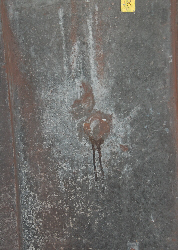Advances in the development of computer vision and miniature electromechanical sensors offer intriguing possibilities that can radically alter the paradigms underlying existing methods of condition assessment and monitoring. Future monitoring syste There are a number of benefits to smart structural technologies, the most obvious of which is that these technologies will be able to reduce costs associated with end-of-life structures. The development of ‘smart’ underground infrastructure proposed in this research is essential to the viability of rehabilitation, repair and reuse. Another important benefit is the increased safety levels they can provide to cope with natural disasters such as climate change, flood warnings and earthquakes. The research will be conducted in close co-operation with a group of partners including public and private sector agencies responsible for maintenance and operation of underground infrastructure. Although our primary target for this proposal is underground metro tunnels in major European Cities, we will also explore possibilities of extending the developed system for telecommunication lines, electrical supply lines, water/sewer facilities as well as underground radioactive waste depositories.
|
||||||||||||||
 ms will undoubtedly comprise Wireless Sensor Networks (WSN) and will be designed around the capabilities of autonomous nodes. Each node in the network will integrate specific sensing capabilities with communication, data processing and power supply. This proposal comprises an integrated research program to evaluate and develop prototype WSN systems called the “Underground M3 system” for condition assessment and monitoring of ageing underground infrastructure.
ms will undoubtedly comprise Wireless Sensor Networks (WSN) and will be designed around the capabilities of autonomous nodes. Each node in the network will integrate specific sensing capabilities with communication, data processing and power supply. This proposal comprises an integrated research program to evaluate and develop prototype WSN systems called the “Underground M3 system” for condition assessment and monitoring of ageing underground infrastructure.